Toy trains have a rich and fascinating history that dates back to the 19th century. The first toy trains were made of wood and were simple push or pull toys. However, it wasn’t until the introduction of steam-powered trains in the early 1800s that toy trains really took off.
Marklin, a German toy company, is credited with producing the first commercially successful toy train in 1891. These early toy trains were made of tin and were powered by clockwork mechanisms. They were an instant hit with children and quickly became a popular toy around the world.
In the early 20th century, Lionel Corporation revolutionized the toy train industry with the introduction of electric trains. These trains were more realistic and had the ability to run on tracks, making them even more popular with children and adults alike. The 1920s and 1930s are often considered the golden age of toy trains, with companies like Lionel, American Flyer, and Marx producing high-quality, detailed trains that are now highly sought after by collectors.
The popularity of toy trains continued to grow throughout the 20th century, with new innovations such as remote control and digital sound being introduced in more recent years. Today, toy trains continue to captivate the imaginations of people of all ages and have become cherished collectibles for many enthusiasts. Toy trains have a rich history that spans over a century, from simple wooden push toys to highly detailed electric models.
The evolution of toy trains mirrors the advancements in real train technology, making them not only a beloved toy but also a fascinating historical artifact. The early 20th century saw a boom in the popularity of toy trains, with companies like Lionel and American Flyer producing high-quality, detailed models that are now highly sought after by collectors. The introduction of electric trains revolutionized the industry and paved the way for new innovations such as remote control and digital sound.
Today, toy trains continue to captivate the imaginations of people of all ages and have become cherished collectibles for many enthusiasts.
Key Takeaways
- Toy trains have a rich history dating back to the 19th century, with the first toy train being produced in the 1850s.
- Playing with toy trains can benefit children by promoting creativity, problem-solving skills, and hand-eye coordination.
- Starting a toy train collection can be as simple as purchasing a starter set and gradually adding to it over time.
- Building a toy train layout can be a rewarding hobby, allowing enthusiasts to create their own miniature worlds and landscapes.
- Sharing the joy of toy trains with others can create lasting memories and bring people together, fostering a sense of community and connection.
The Benefits of Playing with Toy Trains
Developing Important Skills in Children
Playing with toy trains can help children develop important skills such as hand-eye coordination, spatial awareness, and problem-solving abilities. Building and arranging train tracks can also encourage creativity and imagination, as children design their own miniature worlds for their trains to travel through. Additionally, playing with toy trains can provide a sense of accomplishment as children learn to assemble tracks and operate trains on their own.
A Rewarding Hobby for Adults
For adults, collecting and operating toy trains can be a relaxing and rewarding hobby. Building and maintaining a collection of toy trains can provide a sense of nostalgia and connection to childhood memories. Many adults also find joy in the intricate details and craftsmanship of toy trains, as well as the satisfaction of creating and operating their own miniature train layouts.
Creating Lasting Bonds and Memories
Furthermore, sharing the hobby of toy trains with family and friends can create lasting bonds and cherished memories. Whether it’s building a train layout together or simply enjoying the thrill of watching trains roll by, playing with toy trains offers a unique opportunity to connect with others and create lifelong memories.
How to Start Your Own Toy Train Collection

Starting your own toy train collection can be an exciting and rewarding endeavor. The first step is to decide what type of trains you are interested in collecting. There are many different scales and styles of toy trains to choose from, including O gauge, HO scale, N scale, and more.
Once you have chosen a scale, you can begin researching different manufacturers and models to determine which ones appeal to you the most. Next, you will need to consider your budget and how much space you have available for your collection. Toy trains can vary widely in price, so it’s important to set a budget that works for you.
You may also need to invest in track, power supplies, and other accessories depending on the scale of trains you choose. Once you have acquired your first few trains, you can start building your collection by adding new models over time. Many collectors enjoy hunting for rare or vintage trains at hobby shops, train shows, or online auctions.
It’s also important to take good care of your collection by storing it properly and keeping it clean and well-maintained. Starting your own toy train collection can be an exciting and rewarding endeavor. The first step is to decide what type of trains you are interested in collecting.
There are many different scales and styles of toy trains to choose from, including O gauge, HO scale, N scale, and more. Once you have chosen a scale, you can begin researching different manufacturers and models to determine which ones appeal to you the most. Next, you will need to consider your budget and how much space you have available for your collection.
Toy trains can vary widely in price, so it’s important to set a budget that works for you. You may also need to invest in track, power supplies, and other accessories depending on the scale of trains you choose. Once you have acquired your first few trains, you can start building your collection by adding new models over time.
Many collectors enjoy hunting for rare or vintage trains at hobby shops, train shows, or online auctions. It’s also important to take good care of your collection by storing it properly and keeping it clean and well-maintained.
Building Your Own Toy Train Layout
| Aspect | Metric |
|---|---|
| Size | 4ft x 8ft |
| Track Length | 40ft |
| Number of Trains | 2 |
| Scenery | Mountains, tunnels, and bridges |
| Control System | Digital Command Control (DCC) |
Building your own toy train layout is a creative and fulfilling aspect of the hobby. The first step is to plan out your layout by deciding on the size and shape of your track, as well as any scenery or buildings you want to include. Many hobbyists use software programs or track planning templates to help design their layouts before they begin construction.
Once you have a plan in place, you can start building your layout by laying down track and connecting it to a power supply. You can then add scenery such as trees, buildings, roads, and other details to bring your miniature world to life. Many hobbyists enjoy customizing their layouts with unique features such as tunnels, bridges, and mountains.
As you build your layout, it’s important to consider factors such as track elevation, curves, and grades to ensure that your trains will run smoothly. You may also want to incorporate accessories such as signals, lights, and sound effects to enhance the realism of your layout. Building your own toy train layout is a creative and fulfilling aspect of the hobby.
The first step is to plan out your layout by deciding on the size and shape of your track, as well as any scenery or buildings you want to include. Many hobbyists use software programs or track planning templates to help design their layouts before they begin construction. Once you have a plan in place, you can start building your layout by laying down track and connecting it to a power supply.
You can then add scenery such as trees, buildings, roads, and other details to bring your miniature world to life. Many hobbyists enjoy customizing their layouts with unique features such as tunnels, bridges, and mountains. As you build your layout, it’s important to consider factors such as track elevation, curves, and grades to ensure that your trains will run smoothly.
You may also want to incorporate accessories such as signals, lights, and sound effects to enhance the realism of your layout.
The Joy of Sharing Toy Trains with Others
Sharing the joy of toy trains with others can be a rewarding experience that creates lasting memories and connections. Whether it’s introducing children to the wonder of toy trains or sharing your collection with fellow enthusiasts, there are many ways to spread the love for this beloved hobby. For children, playing with toy trains can be a magical experience that sparks their imagination and creativity.
Sharing this experience with children can create special bonding moments and instill a love for trains that may last a lifetime. Many adults also enjoy sharing their passion for toy trains with family members or friends by inviting them to see their collection or helping them build their own layouts. Additionally, many toy train enthusiasts participate in clubs or organizations dedicated to the hobby where they can connect with like-minded individuals who share their passion for trains.
These groups often organize events such as train shows or swap meets where members can display their collections, buy or sell trains, and exchange tips and advice. Sharing the joy of toy trains with others can be a rewarding experience that creates lasting memories and connections. Whether it’s introducing children to the wonder of toy trains or sharing your collection with fellow enthusiasts, there are many ways to spread the love for this beloved hobby.
For children, playing with toy trains can be a magical experience that sparks their imagination and creativity. Sharing this experience with children can create special bonding moments and instill a love for trains that may last a lifetime. Many adults also enjoy sharing their passion for toy trains with family members or friends by inviting them to see their collection or helping them build their own layouts.
Additionally, many toy train enthusiasts participate in clubs or organizations dedicated to the hobby where they can connect with like-minded individuals who share their passion for trains. These groups often organize events such as train shows or swap meets where members can display their collections, buy or sell trains, and exchange tips and advice.
The Community of Toy Train Enthusiasts

Connecting with Fellow Enthusiasts
Whether it’s through local clubs, online forums, or national organizations, there are countless opportunities for enthusiasts to connect with others who share their love for toy trains. Many enthusiasts enjoy attending train shows or swap meets where they can buy or sell trains, view impressive layouts, and meet other collectors.
Learning and Sharing Knowledge
These events often feature demonstrations, workshops, and seminars on topics such as layout design, maintenance tips, and historical information about specific train models. Online forums and social media groups also provide a platform for enthusiasts to share photos of their collections, ask for advice on building layouts or repairing trains, and connect with others who share their passion for toy trains.
A Community that Spans Generations
The community of toy train enthusiasts is a diverse and passionate group that spans across generations and backgrounds. With opportunities to connect with others, learn from experts, and share knowledge, this community is a vibrant and welcoming space for anyone who loves toy trains.
The Future of Toy Trains
The future of toy trains is bright as new technologies continue to enhance the hobby while preserving its timeless appeal. Advances in digital control systems have made it easier than ever for hobbyists to operate multiple trains on intricate layouts with realistic sound effects and lighting. Additionally, manufacturers continue to produce high-quality models that appeal to both collectors and casual enthusiasts alike.
Many companies offer limited edition releases or special commemorative sets that celebrate historical milestones in the world of railroading. Furthermore, the popularity of model railroading shows no signs of slowing down as new generations continue to discover the joy of playing with toy trains. Whether it’s through traditional model railroading or modern digital systems, the love for toy trains is sure to endure for many years to come.
The future of toy trains is bright as new technologies continue to enhance the hobby while preserving its timeless appeal. Advances in digital control systems have made it easier than ever for hobbyists to operate multiple trains on intricate layouts with realistic sound effects and lighting. Additionally, manufacturers continue to produce high-quality models that appeal to both collectors and casual enthusiasts alike.
Many companies offer limited edition releases or special commemorative sets that celebrate historical milestones in the world of railroading. Furthermore, the popularity of model railroading shows no signs of slowing down as new generations continue to discover the joy of playing with toy trains. Whether it’s through traditional model railroading or modern digital systems, the love for toy trains is sure to endure for many years to come.
If you’re a fan of toy trains, you might also be interested in reading about the changing landscape of cricket in the ICC’s evolving world. Check out the article here to learn more about how the sport is adapting to new frontiers.
FAQs
What is a toy train?
A toy train is a miniature replica of a real train that is designed for play and entertainment purposes. It is often used as a toy for children or as a collectible item for hobbyists.
What are the different types of toy trains?
There are various types of toy trains, including electric trains, steam trains, diesel trains, and modern high-speed trains. They can be made of plastic, metal, or wood, and come in different scales such as HO scale, N scale, and O scale.
Are toy trains safe for children to play with?
Toy trains are generally safe for children to play with, but adult supervision is recommended, especially for younger children. It is important to follow the manufacturer’s age recommendations and safety guidelines when using toy trains.
What are the benefits of playing with toy trains?
Playing with toy trains can help children develop fine motor skills, spatial awareness, and creativity. It can also encourage imaginative play and storytelling, as well as an interest in transportation and engineering.
Are there any famous toy train brands?
Some well-known toy train brands include Lionel, Bachmann, Hornby, Märklin, and Thomas & Friends. These brands offer a wide range of toy trains and accessories for enthusiasts of all ages.
Can toy trains be used as collectible items?
Yes, toy trains are often collected by hobbyists and enthusiasts. Vintage and limited edition toy trains can hold significant value and are sought after by collectors around the world.







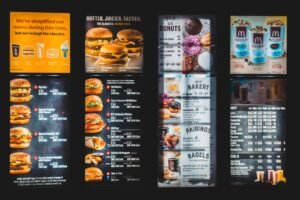


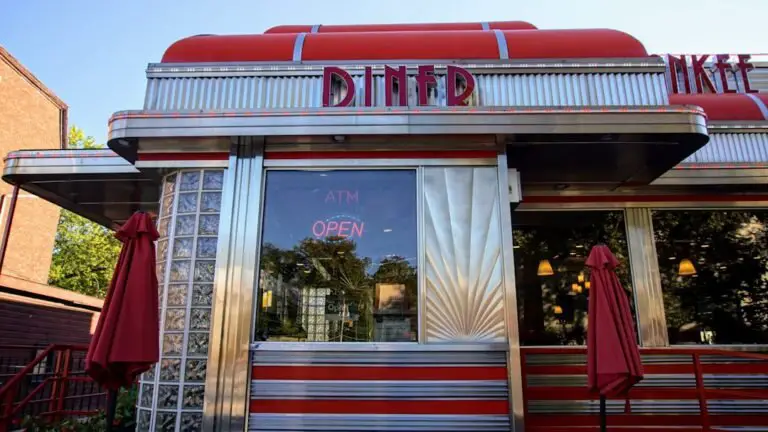

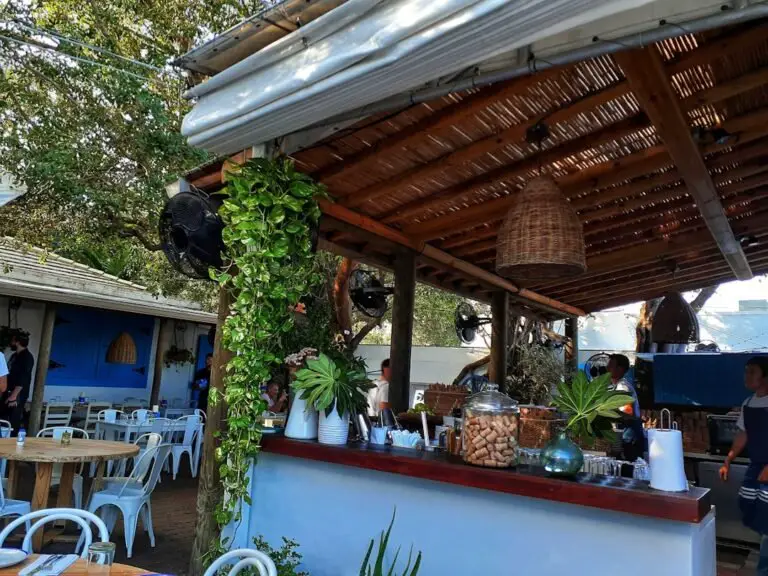
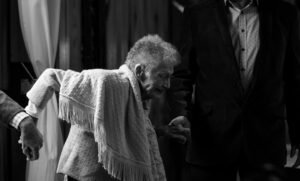


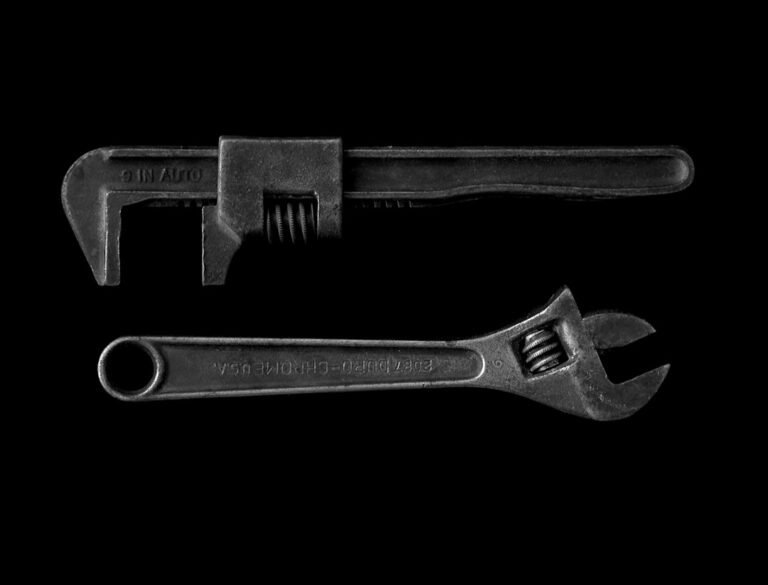
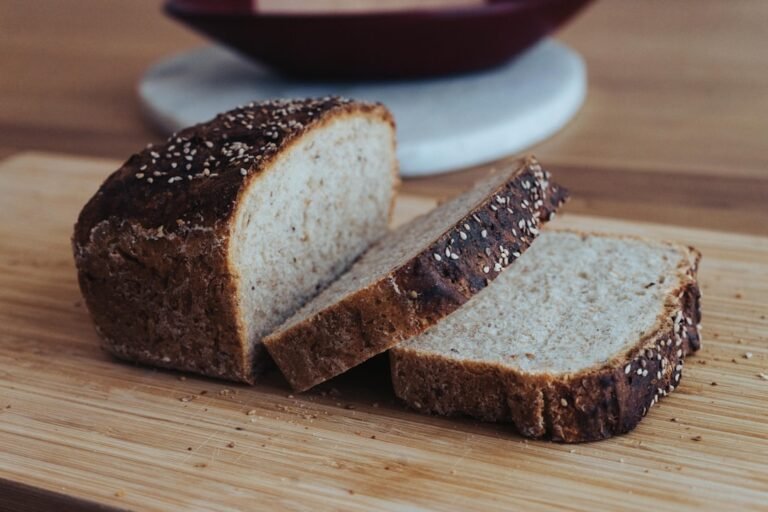


+ There are no comments
Add yours